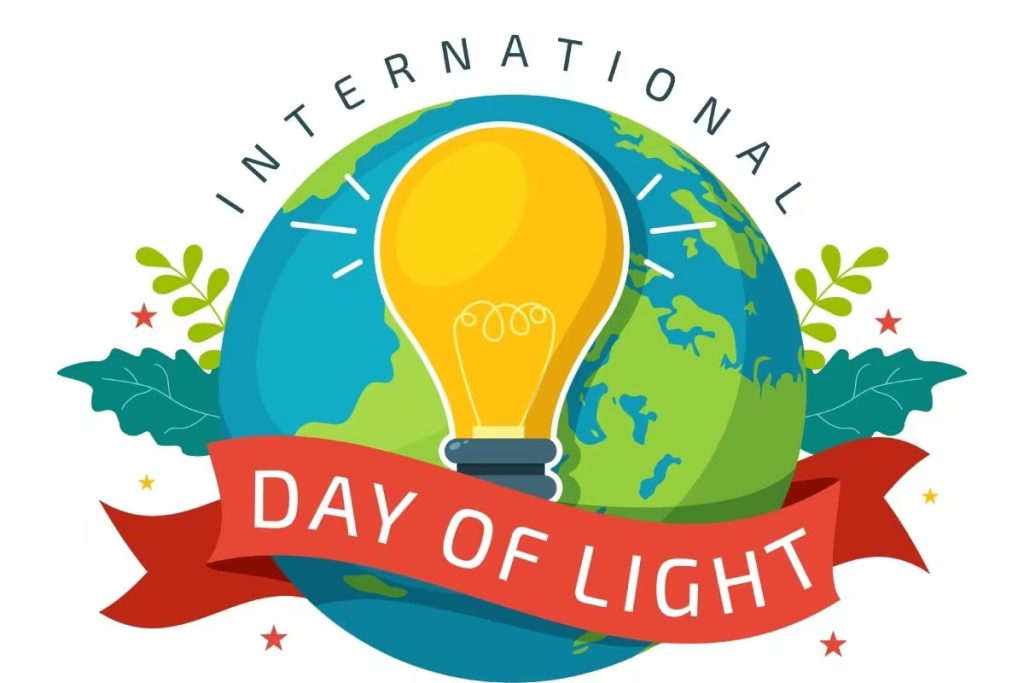In the tapestry of human achievement, few threads weave as vividly and universally as light. From the dawn of fire to the brilliance of lasers, light has been a cornerstone of progress, pushing the boundaries of what's possible in science, culture, and art. Imagine a world shrouded in darkness, devoid of the colors and clarity that light brings to our lives. Hard to picture, isn't it? That's because light is not just a physical phenomenon; it's a symbol of enlightenment, innovation, and connection. On May 16, the world unites to celebrate the International Day of Light, a testament to light's unparalleled role in our existence. This day isn't just about commemorating the groundbreaking inventions of the laser and optical fiber; it's a call to illuminate the future, fostering advancements and collaboration across continents. As we bask in the glow of this global celebration, let's reflect on how light shapes our daily lives, powers our economies, and inspires our dreams.
Key Takeaway
Timeline
Day Activities
-
Morning Workshops: Kick off the day with hands-on workshops where participants, young and old, can dive into the fascinating world of light. From building simple spectrometers to understanding the basics of fiber optics, these sessions are designed to spark curiosity and ignite a passion for science.
-
Afternoon Panel Discussions: As the sun climbs higher, engage in thought-provoking panel discussions led by pioneers in the fields of optics and photonics. These talks cover groundbreaking topics, from the latest in laser technology to the future of light-based internet, offering insights into how light continues to shape our world.
-
Evening Light Shows: Wrap up the celebration with mesmerizing light shows that paint the night sky in vibrant colors. These dazzling displays, combining art and technology, not only entertain but also remind us of the boundless possibilities light offers, bridging the gap between science and culture.
Interesting Facts
1. UNESCO's Bright Idea
UNESCO proposed the International Day of Light to highlight light's pivotal role in our lives.
2. A Date to Remember
Chosen for the laser's first success in 1960 and optical fiber's discovery in 1966, May 16 shines bright in history.
3. Lighting Up STEM
This day illuminates the importance of light in science, technology, engineering, and mathematics fields.
4. Global Glow
Events worldwide celebrate light, fostering international cooperation and knowledge sharing among diverse fields.
5. Inspiring Illumination
Aims to spark curiosity and innovation in the next generation, showcasing light's essential role in daily life.
Why We Love This Day
-
Celebrating groundbreaking inventions
Who wouldn't be jazzed about a day that marks the birth of the laser and the optical fiber? These aren't just any old inventions; they're the kind that turned the world on its head, making stuff like internet and modern medicine possible. Imagine trying to get through your day without quick internet or safe surgeries. Yeah, not fun. That's why May 16 is a big deal—it's all about giving props to the brilliant minds behind these game-changers. -
Shining a light on STEM
This day isn't just about patting ourselves on the back for cool inventions. It's a golden opportunity to get kids and teens fired up about science, technology, engineering, and math (STEM). With all sorts of events, from workshops to exhibitions, there's something for everyone. It's like a giant, worldwide classroom where curiosity meets creativity. And who knows? Participating might just spark the next big idea in the mind of a future Einstein or Curie. -
Fostering global cooperation
In a world that sometimes feels like it's pulling apart at the seams, the International Day of Light is a reminder of what we can achieve together. It's not just about celebrating in one place; it's a global shindig that brings together people from all walks of life. Scientists, artists, engineers, and students across the globe unite in their love for light and its potential. This day shows us that, despite our differences, we can come together to share knowledge and ideas, lighting the way to a brighter future for everyone.
Past & Future Dates
| Month | Day | Year |
|---|---|---|
| MAY | 16 | 2022 |
| MAY | 16 | 2023 |
| MAY | 16 | 2024 |
| MAY | 16 | 2025 |
| MAY | 16 | 2026 |
| MAY | 16 | 2027 |
| MAY | 16 | 2028 |
FAQ
Why is the International Day of Light celebrated on May 16th?
The International Day of Light is held on 16 May every year because it is the anniversary of the first successful operation of a laser in 1960 by Theodore Maiman.
What is the International Day on May 16?
INTERNATIONAL DAY OF LIVING TOGETHER IN PEACE – May 16 – National Day Calendar.
How do we celebrate the International Day of Light?
The day is observed by the United Nations and administered by UNESCO's International Basic Science Programme (I.B.S.P.). International Day of Light is celebrated around the world through events and forums organized by people both inside and outside the scientific community.
What are the activities for International Day of Light?
Activities for the International Day of Light include educational workshops, public lectures, and presentations to highlight the role of light in science, culture, and art. Communities also engage in light-themed art installations, photography contests, and light shows to spread awareness and appreciate the significance of light and light-based technologies.
